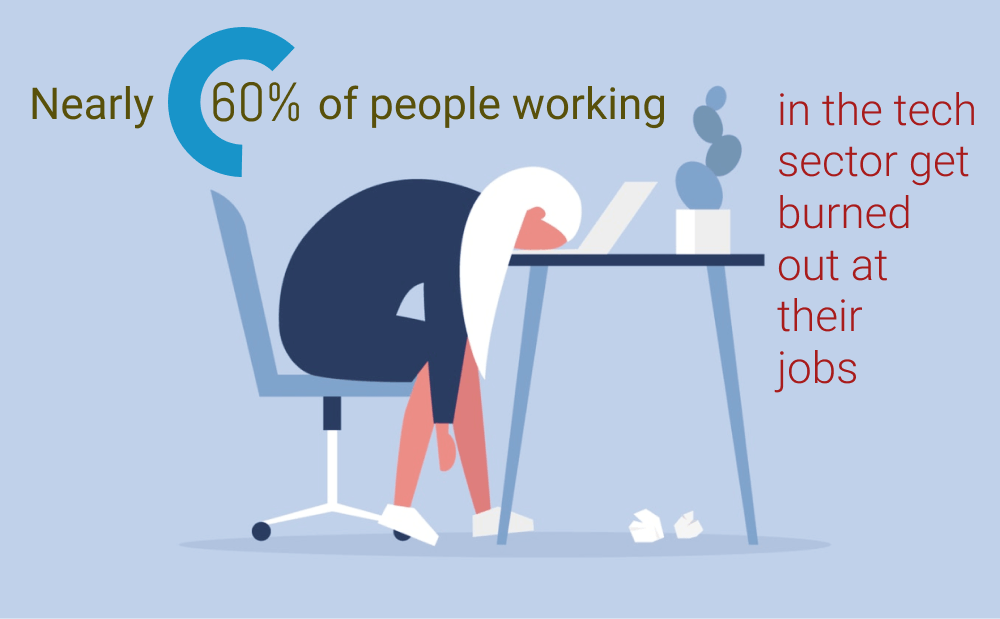When managing a project, what areas do you need help in?
Is it workflow optimization?
Are you looking for a way to manage your risk in a lightweight style and reduce the chance of delaying the delivery of your projects?
Or maybe you are just trying to improve the collaboration between your team members?
If you need a hand in those areas, then don’t worry, we’ve got you. Every successful management of a project requires the implementation of a system.
This is where Kanban steps in. It is a method for Lean project management, capable of improving work processes and, as a result delivering superior value to the end customers.
However, to be able to deal with the problems listed above, we need to look at the specific characteristics of the method that make it an ideal solution for every project manager. They are related to the main Kanban principles and practices that have the potential to transform any organization.
Workflow Transparency
Achieving workflow transparency is one of the core Kanban characteristics.
This happens with the help of a Kanban board and the visualization of the various work stages from your workflow. Through the use of swimlanes, you can also bring transparency to some specific types of activities that exist in your work process. These lanes can be used to separate a number of other things, too such as team members, specific projects, clients, Kanban classes of service, etc.
For instance, if you are managing a marketing project, you can create dedicated swimlanes for the various activities of your team, such as social media marketing, content creation, PPC, etc. When this is done, you will have each activity grouped and will enjoy a clear overview of what’s going on with the different aspects of your project.
As a result of that, you will now have a way to spot any problems that might occur in the workflow. They can be in the form of bottlenecks, blockers or anything else that impedes your team from moving onwards with their current tasks.
In addition, when your workflow is transparent, you will be able to deal with any emergent issues that have the potential to damage your entire work process. As a result, you will have a way to manage your risk in a lightweight style.
Focus on Completing Instead of Starting Work
Frequently, work processes could turn inefficient when new work is started before the completion of the current one. This contributes to the accumulation of high costs which, in content production for example, are estimated to be $958 million in the US alone. Now imagine what that number would look like if we added the rest of the world.
In addition, juggling between multiple tasks simultaneously requires frequent context switching, which increases the risk of burnout. In fact, a recent study from Blind suggests that nearly 60% of people working in the tech sector get burned out at their jobs.
A solution to this problem lies within limiting work in progress which is another one of the major Kanban practices. In the context of a Kanban board, these Work In Progress (WIP Limits) represent the maximum amount of work items that a specific stage or the entire process can hold.
The main benefit of the WIP limits is that with their help, teams will be more focused on finishing their current tasks instead of starting new ones. A useful technique that can be implemented here is called everyday swarming. It encourages each individual to go and see if they can help a team member with a task in progress that’s at risk of delay before starting new work on their own.
As a result of the technique, the likelihood of improving your team’s cycle time increases and the chance of delay drops significantly.
As an end result of those efforts, first, you will make sure that your team does not work on new things unless the already started ones have been finished. Second, the time for which you transfer one task from “In progress” to “Done”, has the potential to be reduced significantly.
Increased Customer Satisfaction
An important characteristic of Kanban is that it increases the overall levels of customer satisfaction. This happens because of the integration of a pull approach which means that work is started only when there is a real demand for it.
Often, especially manufacturing organizations, rely on the traditional push approach. They produce goods “just in case” in order to insure themselves against any eventual higher demands in the future.
However, this creates the problem of overstocking and eventually incurs overhead costs for the organization. That’s why, to deal with it, the pull approach makes sure that you build products based on actual demand and not forecasts.
This same system can be applied to a knowledge work environment as well. As a project manager, you need to find a way to eradicate any excessive waste from your process. That’s why, your team shouldn’t be working on tasks that are currently not in demand.
By using Kanban, you will reap the rewards of relying on different pull signals because of the principles of visualization and limiting work in progress. An example is the Review column that you can place on a Kanban board after every specific activity. With its help, you will not just signal that something is ready to move downstream but also make sure that any mistakes that might have been accumulated in the work process, are cleared.
As a result, you will make sure that the final product which reaches your customer’s hands is refined and therefore “fit for purpose”. The benefit of this will be that your clients will be satisfied with what you have delivered to them and eventually they will keep coming back to your business.
Things Happen Faster Without Much Stress
Another one of the main characteristics of Kanban is that things seem to happen faster without much stress. By default, the method focuses on improving the way that your tasks go through your system which is known as flow efficiency.
Simply said, this represents the ratio between value-adding and lead time. The former is the time during which there is an active work toward the completion of a certain goal, while the latter is the frame between order and delivery of the product.
In order to achieve flow efficiency, you need to reduce as many of the wasteful activities as possible. An example is waiting time.
With the help of a Kanban board, you have the chance to see what tasks are generating such waste and then act accordingly. To further simplify this process, with a digital Kanban software, you can easily track flow efficiency without spending too much time on that activity.
When you have the information from the metrics in mind, you will know how your workflow performs, if it’s stable and how you can consistently make it better. As a result, you will now be able to bring more agility to your process and make sure that tasks flow through the Agile workflow much faster without the generation of excessive stress for your team.
Higher Rate of Self-Organization
Imagine that we were part of a world with no laws. In this case, rules would not have existed and anarchy would’ve been all around us.
The same thing applies to project management. It is futile to believe that any product or service would’ve been successfully delivered to the end customers without the application of strict organizational policies.
This emphasizes the importance of another one of the Kanban characteristics which is about the improvement of your team members’ self-organization. It is very closely related to one of the core Kanban practices - making policies explicit which makes sure that every step of your workflow is clearly defined.
One of the benefits here is that everybody on your team will know exactly what they should do without having to be constantly told. When this is combined with workflow transparency that comes with the Kanban board, your tasks will be flowing through a much more consistent process without the accumulation of any confusion alongside it.
As a result, every member of your team will have a much higher rate of self-organization which will increase their throughput levels. Therefore, they will be more likely to deliver what has been promised to the end customers.
No Prescribed Roles
A unique characteristic of Kanban is the lack of any prescribed roles. This is related to one of the 4 principles which is all about the respect of the current processes, roles and responsibilities.
As Peter Senge mentions in his book The Fifth Discipline, “People don’t resist to change, they resist being changed”. Hence, asking somebody to adopt a new role or change their existing one, turns out to be a direct attack on their identity. This creates an emotional resistance to change which the Kanban method aims to reduce.
In addition, the exclusion of formal roles contributes to the creation of an environment of shared leadership where responsibilities are distributed throughout the organization. This way, your team members will be more engaged in every step of the work process without constantly thinking that something is not their responsibility because of their less significant role inside the company.
Team Morale Improvement
Last but not least, a core Kanban feature lies within the improvement of your team’s morale.
In general, one of the main ideas behind the Kanban method is that it promotes incremental improvement. This means that when your team finishes working on something, they will get an immediate customer feedback.
This will help your colleagues not lose their momentum and will keep them engaged in the working process. They will also feel more rewarded because their efforts have been seen and evaluated.
As we are mentioning above, Kanban has the potential to eradicate the problem of context switching. This means that your team members will be relieved from overburdening which is a common problem in many organizations. As a result, they will start feeling much more appreciated on a personal level which can also contribute to the improvement of their morale.
Conclusion
As you can see, Kanban has some unique set of characteristics that can help you with specific areas of project management. From making your workflow transparent to focusing on continuous improvement, there are ways to make your end customers happy with your products or services all the time.
To learn more about how to put the above features in practice, make sure that you download our free ebook that is going to guide you on how to manage your projects successfully with the help of Kanban.

Nikolay Tsonev
Product Marketing | PMI Agile | SAFe Agilist certified
Nick is a seasoned product marketer and subject matter expert at Businessmap, specializing in OKRs, strategy execution, and Lean management. Passionate about continuous improvement, he has authored numerous resources on modern-day management. As a certified PMI practitioner and SAFe Agilist, Nick frequently shares his insights at Lean/Agile conferences and management forums.






